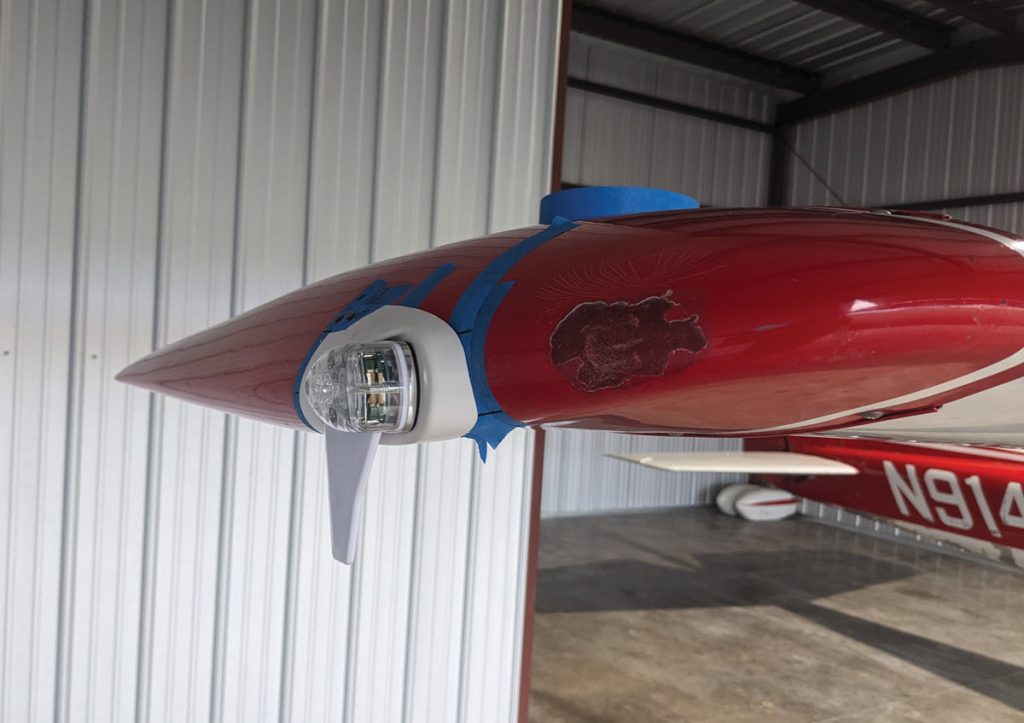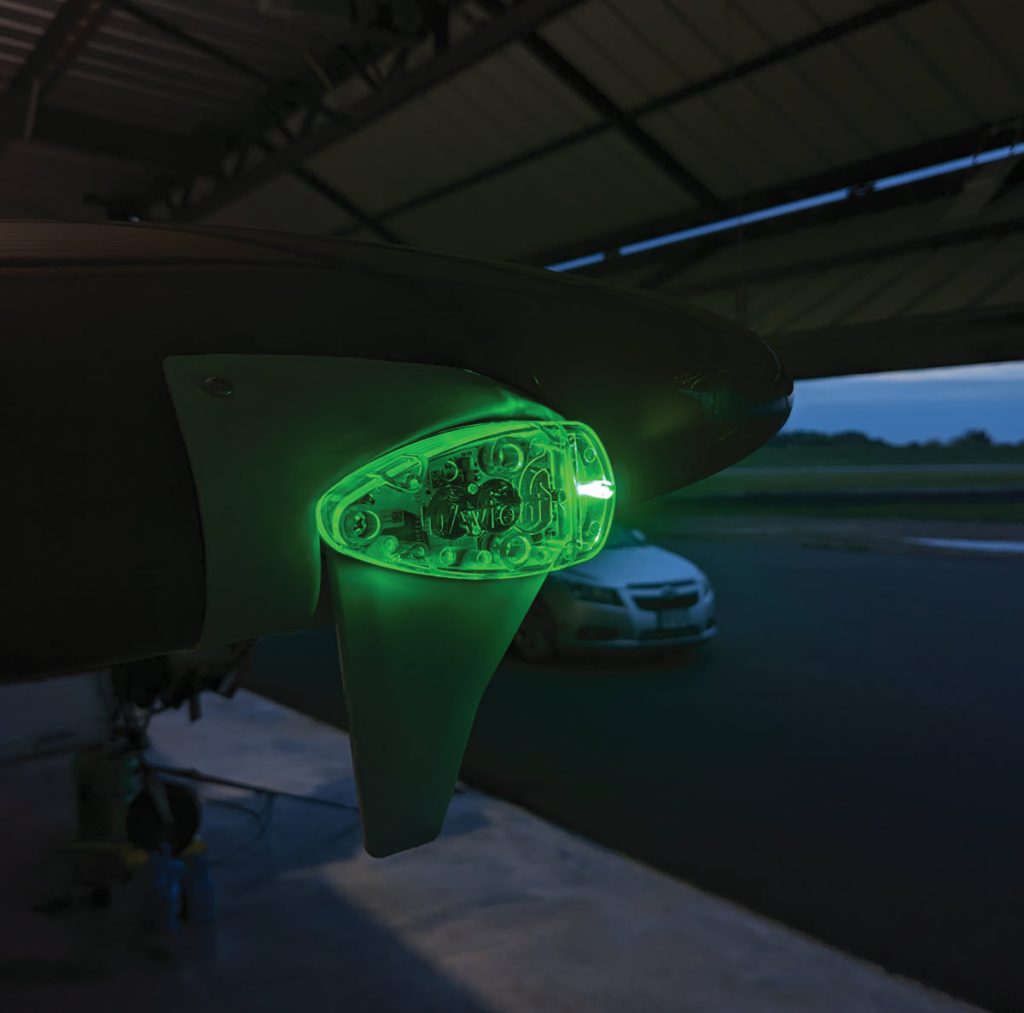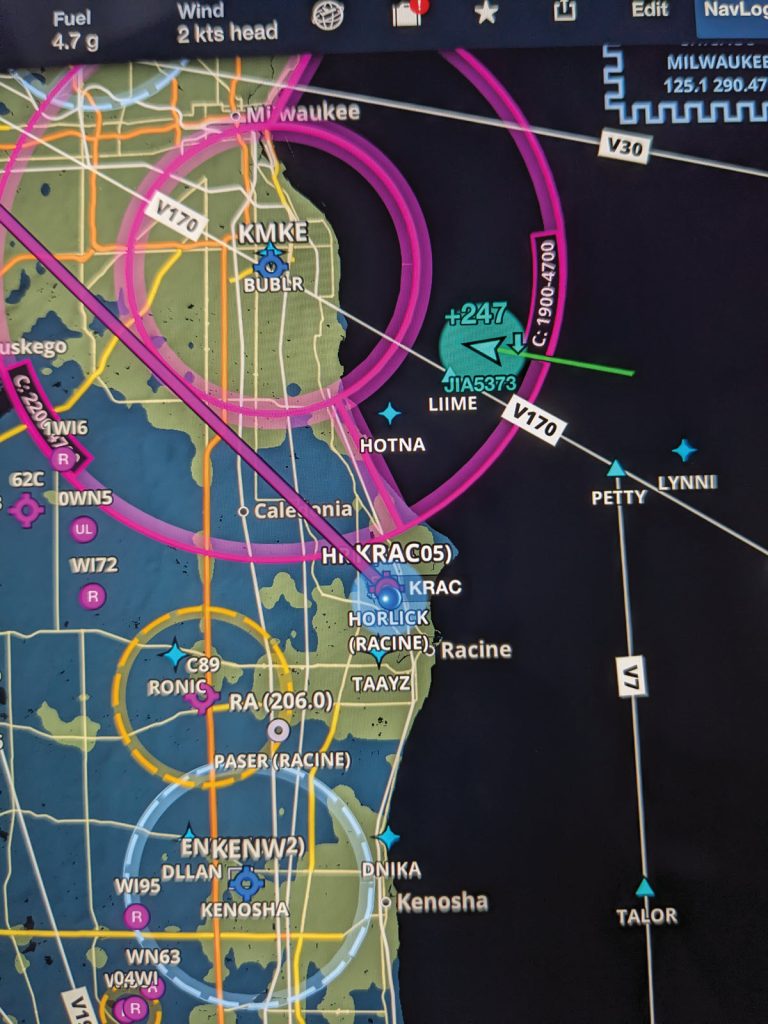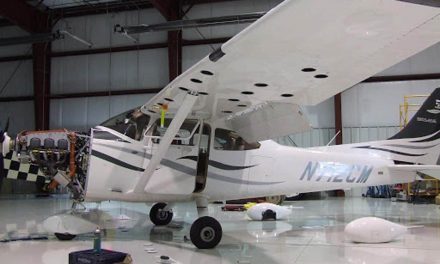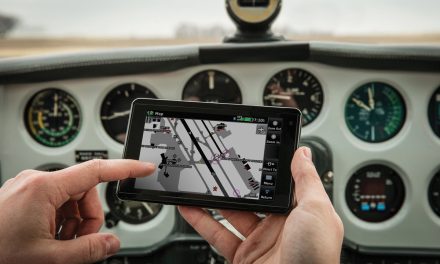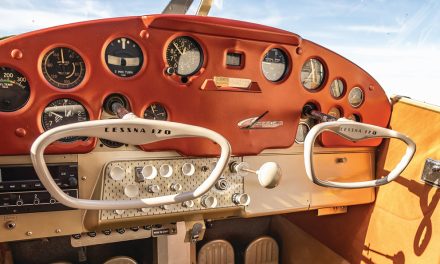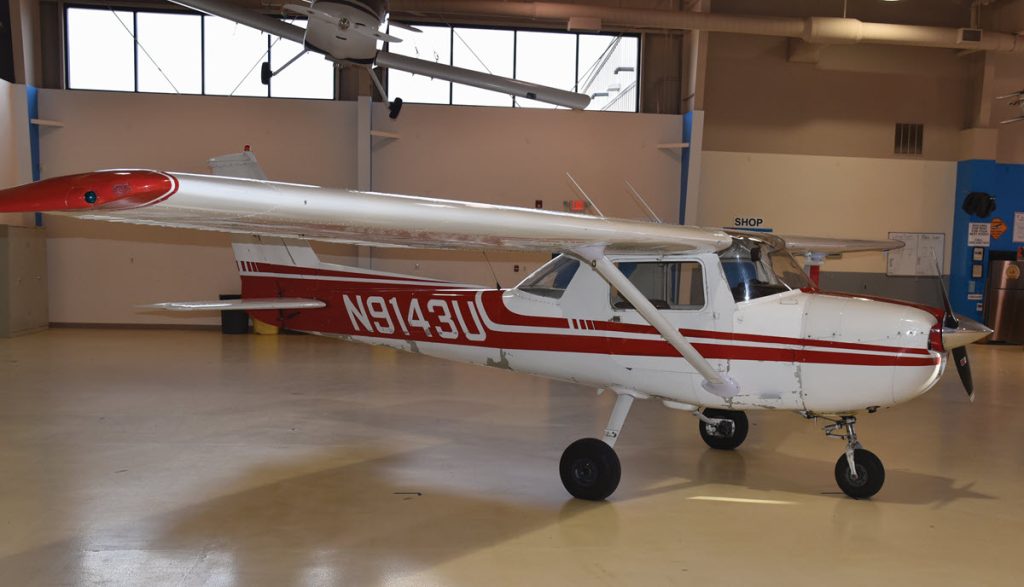
Holy cow, time flies and please excuse the pun, it was not intended. Over twenty years ago, I started reading about NextGen and it seemed like forever before we reached the installation deadline in 2020. And now we’re halfway through 2024 and there are still new ADS-B products coming, although at a slower pace. My first ADS-B transceiver was purchased back in 2017 and installed in my 1977 Seneca II. It was connected to my aging Garmin GMX-200 MFD and it gave me a large, for the time, map with weather and traffic. It was amazing and I loved it. Unfortunately, back in 2017 I was one of only a handful of aircraft with ADS-B, so not much traffic was displayed.
As time went on more aircraft were displayed and in 2020 the screen got full of them. I had to filter them to display only relevant, close-proximity aircraft. At the time, my new ADS-B receiver cost me thousands and my then new Avidyne ADS-B Out transponder was more thousands. The good news at the time was that ADS-B still cost less than a Garmin or Avidyne TAS traffic receiver. I didn’t complain. It was awesome technology and I loved having weather and traffic on my on-panel display.
Prior to ADS-B I used my on-board, very old Narco weather radar for real-time weather data. And my on-board traffic avoidance system, my Mark One Eyeball system, didn’t work very well. I suspect yours doesn’t either, which is my opinion of the FAA’s See and Avoid System. ADS-B supplements the old Mark One system and the two together seem to work okay.
Today we have two aircraft in our family. My Seneca went to a friend when I retired back in 2017 and we traded aircraft. I got his 1977 Piper Turbo Arrow and he got my Seneca. We were both winners! My new-to-me Arrow had just gotten a Garmin 345 transponder with Bluetooth and ADS-B In and Out. It’s an amazing device, still, at an amazing price! It cost many thousands to install and connect to my Avidyne 540, Aspen PFD and Bluetooth links to my iPad/ForeFlight.
We purchased our second family airplane, a 1978 Cessna 150 just a few months ago. It only has 4,000 hours on it with a new engine, prop and interior. The avionics are older but very reliable. It has a pair of Narco NavCom’s with Glide Slope which are worth keeping. The prior owner had installed a uAvionix skyBeacon for ADS-B Out and it works perfectly. So, what to do about ADS-B In?
There are many inexpensive Sentry ADS-B receivers available from Sporty’s, Aircraft Spruce and many other sources. A Sentry Mini that supports ForeFlight is available for about $399.00. Other Sentry receivers cost $599.00 up to about $799.00. However, you have to stick them on your window and run wires and have batteries. I decided I didn’t want that mess in my Cessna. I know many of you use these devices successfully in your aircraft but to me it looks messy. I wanted something permanently installed that runs on ship’s power and doesn’t leave wires snaking around the interior. Of course, with a price like $750 and an install you can do yourself under the ever-watchful eye of your A&P, the skySensor does the job. And, of course, it matches the skyBeacon and includes a strobe and green navigation light! Power up your Nav lights and your skyBeacon and skySensor turn right on!
The skySensor is available for both experimental, which doesn’t apply to us, and certified aircraft. As I said above, it matches the skyBeacon and includes an ADS-B receiver for both the 978mHz and1090mHz bands, static pressure sensor, internal GPS and communicates via WiFi to compatible EFB applications like ForeFlight, FltPlan Go, FlyQ, WingX, and others. The internal GPS provides position and barometric altimeter pressure for accurate depictions of relative positions and altitudes of nearby traffic.
In addition to your EFB applications on your iPad, notebook, or cell phone, you can connect your skySensor via WiFi to your AV-30 using a uAvionix AV-Link and add traffic and weather to your AV- 30 panel display!
As noted above, the skySensor has an extremely efficient LED position light in aviation green, matching the skyBeacon’s ADS-B out aviation red LED lamp on your left wingtip! Power consumption is about 1/8th of the power consumption of a standard incandescent bulb including the power consumption of GPS, ADS-B IN and Wi-Fi.
It is also good to note that this device will work on both 12vdc and 24vdc aircraft and it weighs a mere 90 grams, as impossible to believe as that is. The WiFi is both iOS and Android compatible.
The installation is very easy. Put a bath towel or blanket on the top of the wing but not on the tip. Remove the wingtip by removing the wingtip screws and pull the tip outward. Flip it up and set it on the towel or blanket. Mark, disconnect the wires and move the tip to your work bench. The old lamp will come out by removing one exterior screw and removing the lamp cover. You should then see two additional screws. Remove these and the old lamp should come right off. The new skySensor should screw in the same holes and the wires can be reconnected. Before you get the tip back on, do power it up and make sure it works. Then put the tip back on the plane. Let your A&P see your work before you put the tip on as your mechanic will need to sign off in your airframe logbook.
Finally, there are instructions included to help you configure the WiFi. They are very simple and you shouldn’t have any difficulty. However, not everyone is computer savvy so ask for help from your mechanic if you need it. Installation, other than
reading the installation and configuration documentation, should take about 30 minutes. Piece of cake easy!
Finally, this device has been out since July of 2023, so it has a proven track record of reliability and functionality. And for $750 for a permanent device, how can you go wrong? Ask the guy that owns one! Final Grade: A+
RESOURCES
uAvionix
www.uAvionix.com
(844) 827-2372
Sportys
www.Sportys.com
(800) 776-7897
Aircraft Spruce
www.AircraftSpruce.com
(877) 477-7823

